Our Story
A Mother-Daughter Beginning
We’re a mother and daughter duo, united by a deep love for music, art, and the quiet elegance of nature.
We’re a mother and daughter duo, united by a deep love for music, art, and the quiet elegance of nature.
While our aesthetic is timeless, our roots run deep into ancient textile traditions. We’ve revived heritage silk weaving techniques, blending old-world artistry with modern silhouettes. These time-honored methods give each silk piece its character, depth, and uniqueness—no two are ever truly the same.
Discover how our pieces are made here
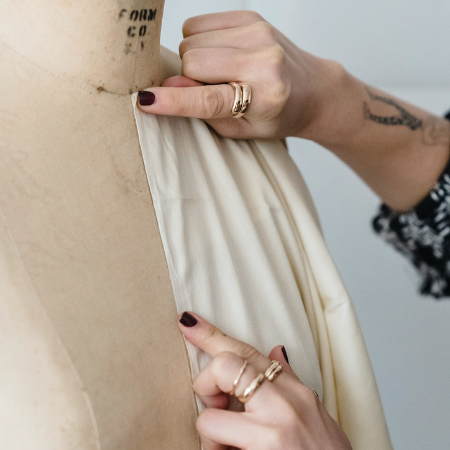
Each garment is 100% organic, and completely hand-made in our Istanbul atelier.
Our silk designs have a soft and silky touch which glides smoothly across your skin. The garments each absorb moisture, do not show sweat and are perfect for any season.
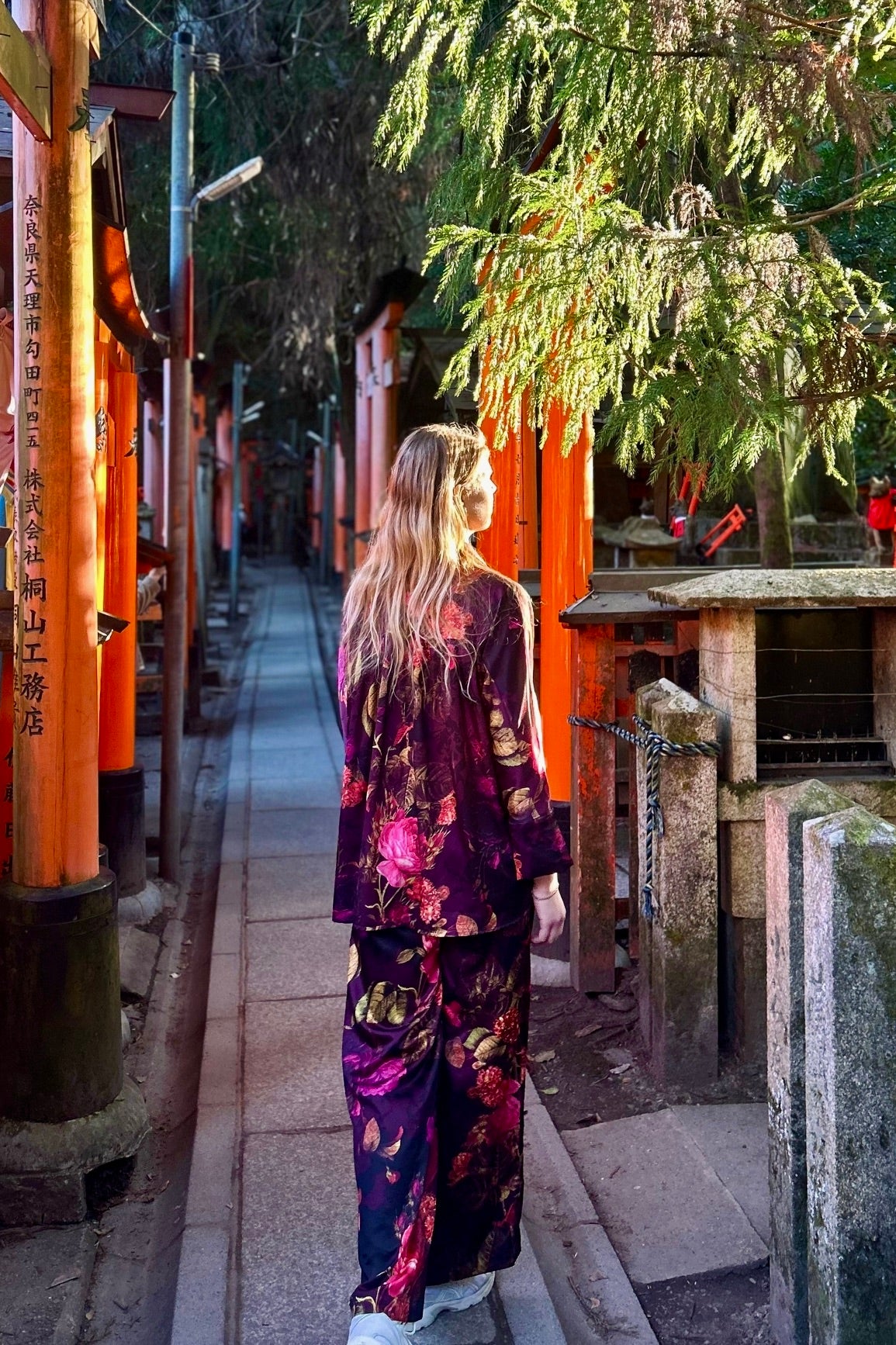
At Seven Muses, we honor the principles of slow fashion:
We create with the planet in mind—and with the belief that what you wear should feel as good on the inside as it looks on the outside.
Every design begins with a sketch and ends in a story. A story of artistry, intention, and individuality.
Whether it’s your first Seven Muses piece or your tenth, we hope it becomes something you cherish for years—not seasons.
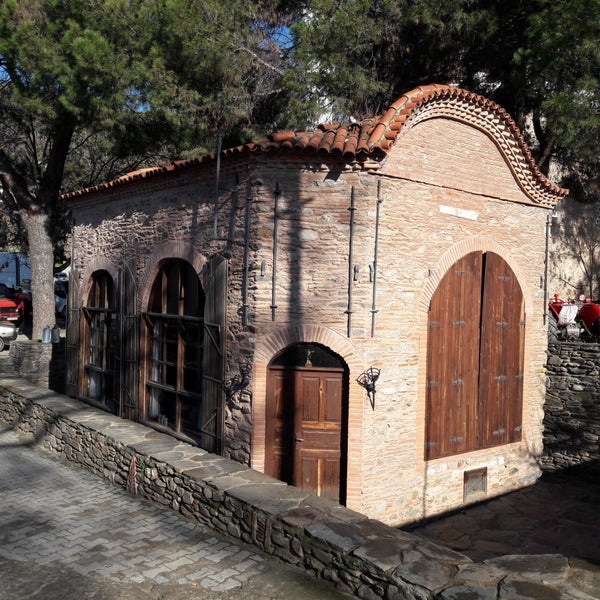
The Seljuk and Ottoman periods also noted the existence of local silk production workshops, further cementing silk's place in the fabric of history.
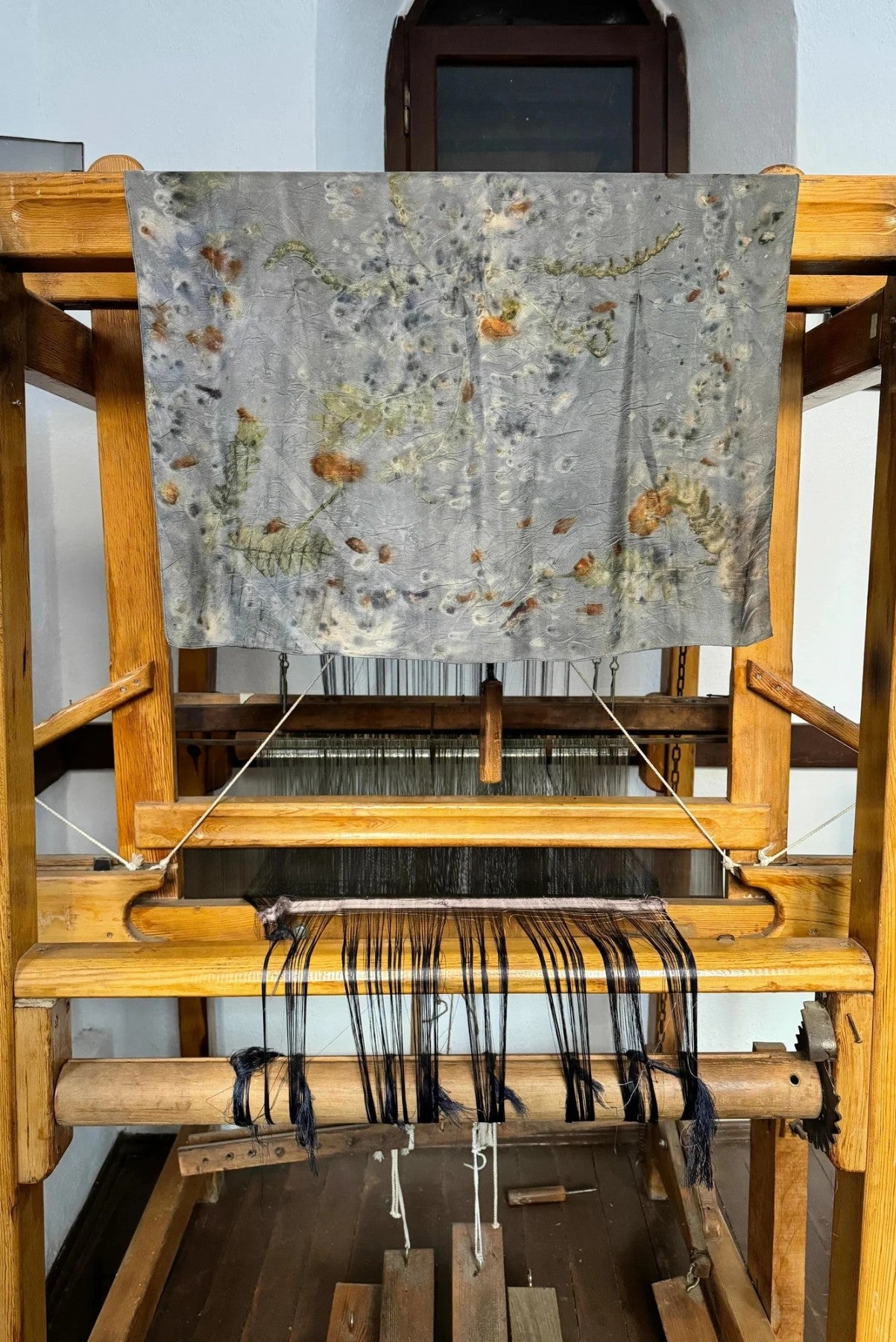
We aim to design and present you with pieces that nourish your soul, reflect your character, and make you feel powerful and inspired, allowing you to stand out in the crowd.
Staying true to the 3000 year old ancient Anatolian tradition, all our fabrics are weaved on handlooms, and washed carefully with olive oil soap.
Each design is 100% handmade. We use organic silk, linen and wool fabrics in our production.
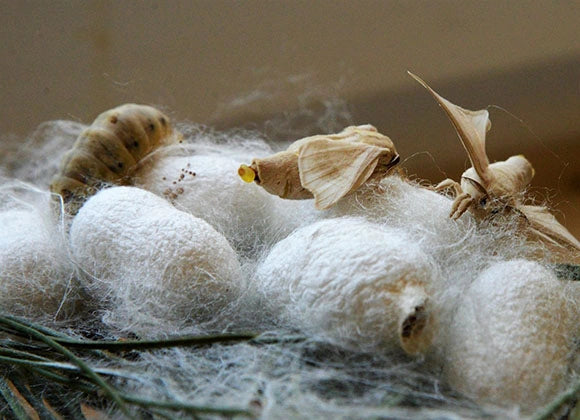
Silk weaving, a timeless craft, has been an integral part of human history for millennia. Records of its presence date back to ancient times, with silk spotted along trade routes from China to the Mediterranean as early as the first century.
Archaeological excavations reveal its use as far back as 4000-3000 BC, bearing witness to its enduring legacy.